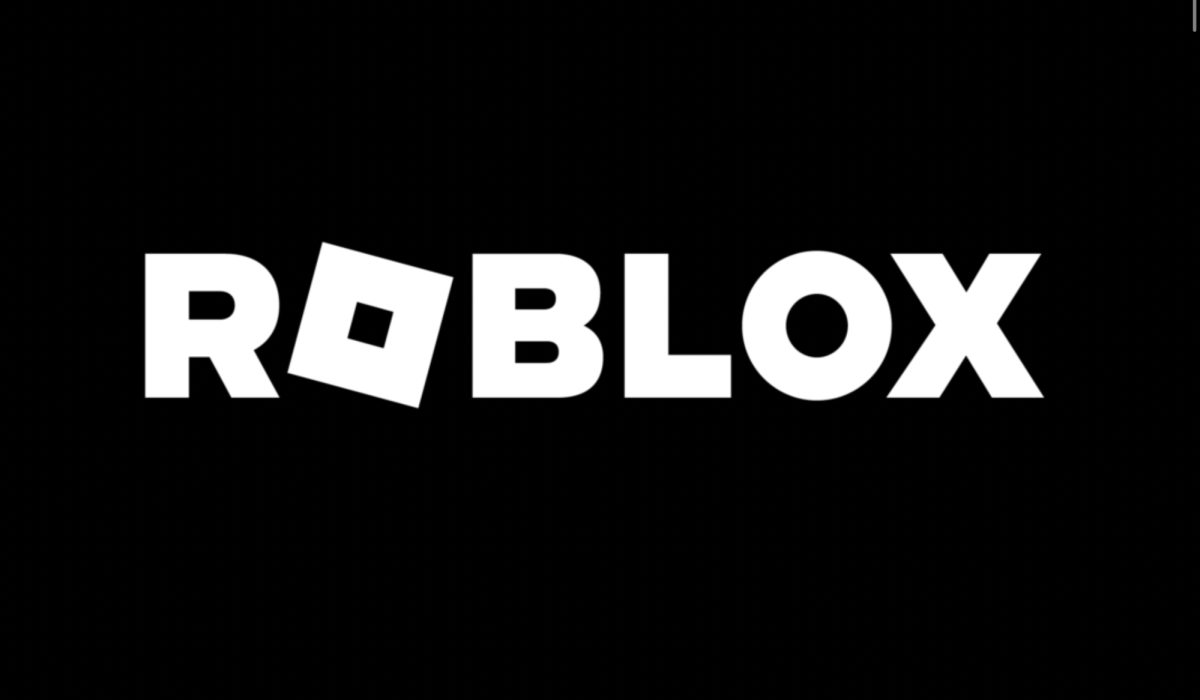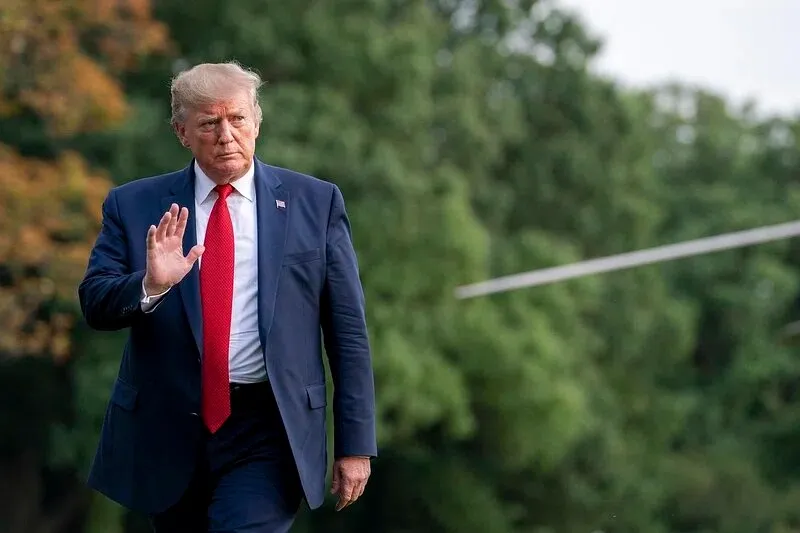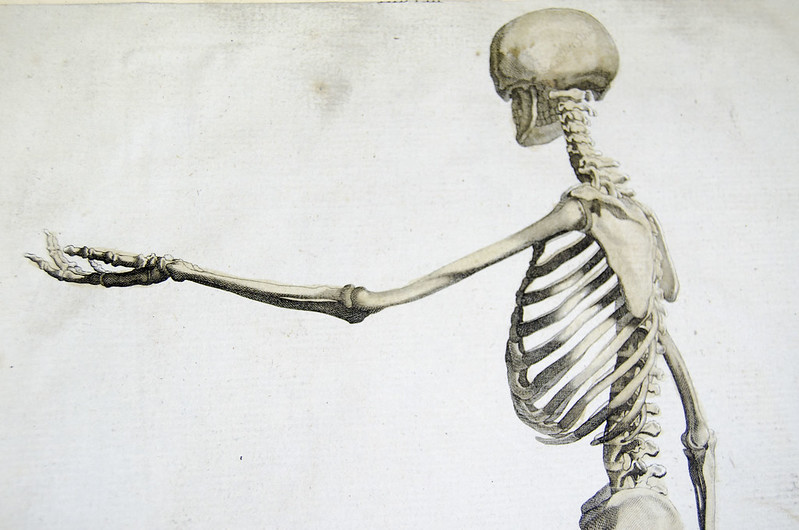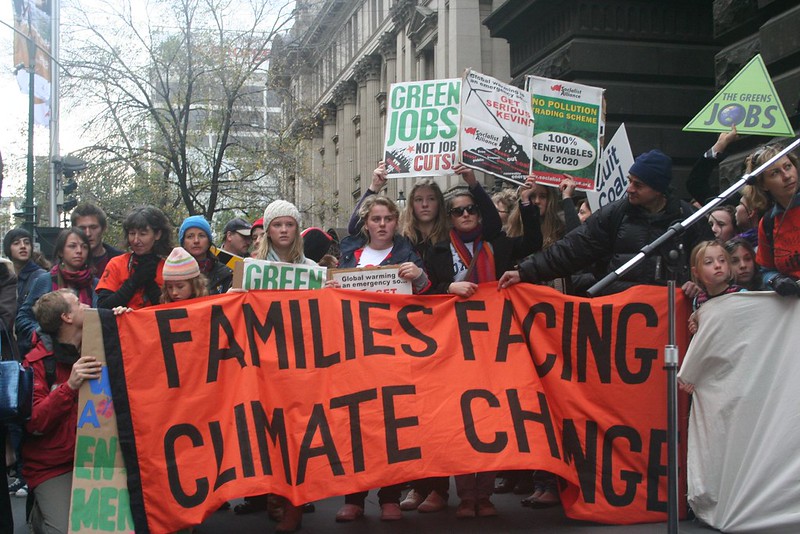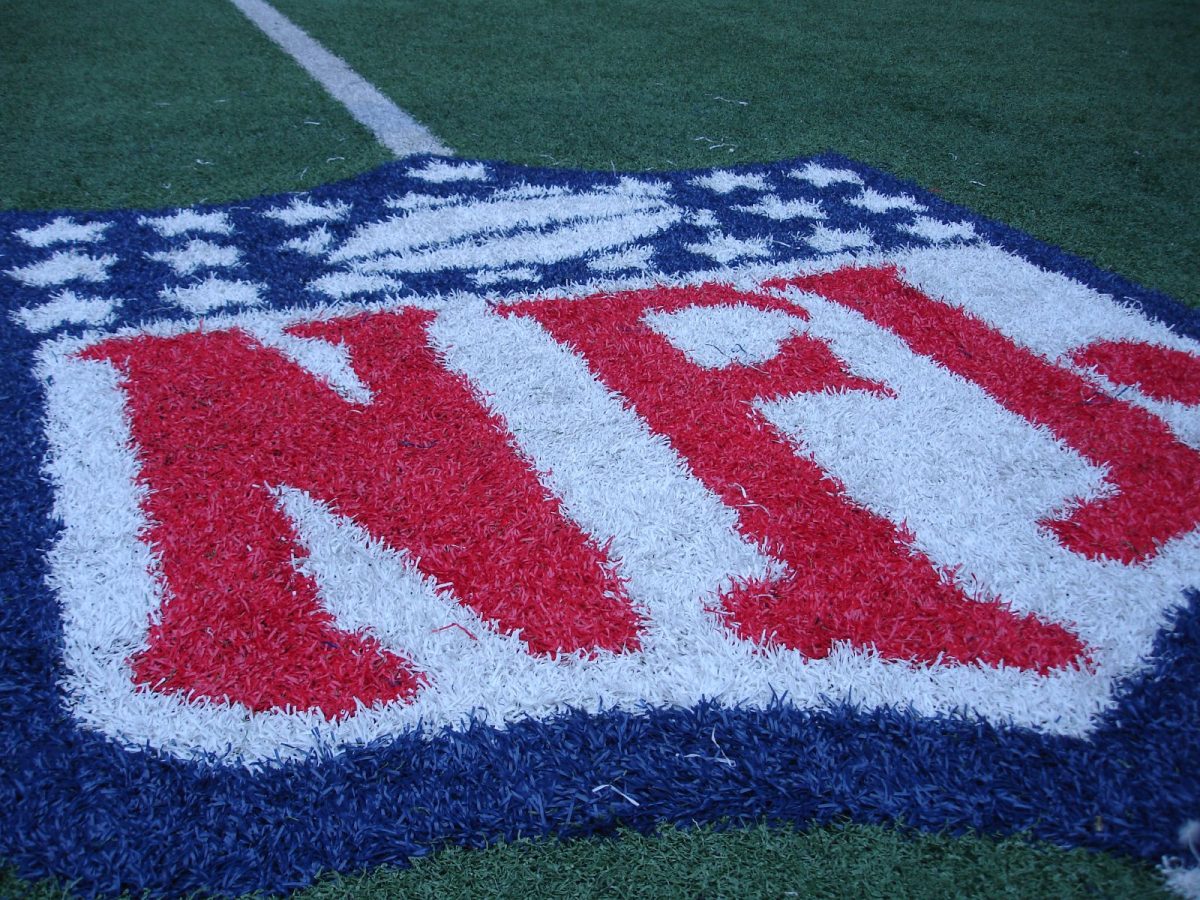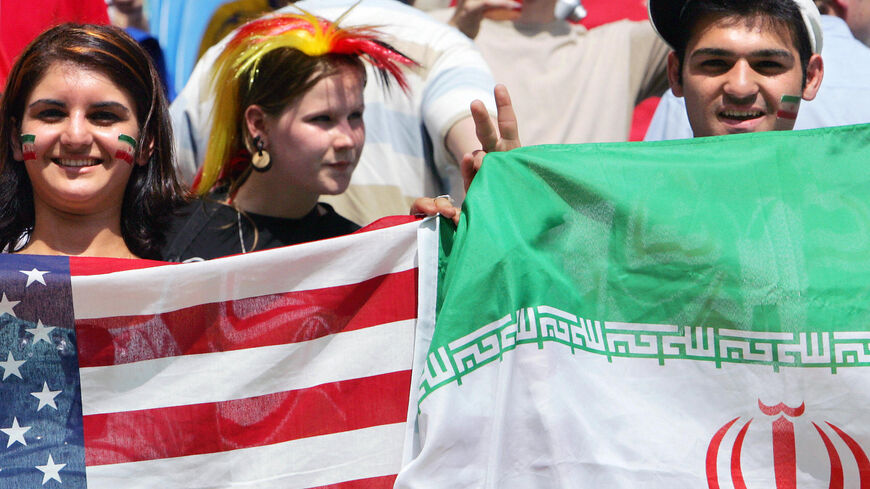U.S. and Iran Tensions with the World Cup and Protests
December 12, 2022
Prior to the U.S. v. Iran soccer match of the World Cup’s Group B on Tuesday, November 29, 2022, the United States Soccer Federation decided to display the Iranian flag on social media without the Islamic Republic emblem in the center of the green, red, and white flag. This action caused massive controversy and backlash from the Iranian government, which actively opposed the protests that the U.S. action attempted to support.
These protests were initially triggered by the death of Masha Amini, a 23-year-old, on September 16, 2022, in the custody of the morality police, after she was arrested three days previously due to a supposed violation of a strict dress code for women. Kurdish in origin, the Iranian woman’s passing sparked a massive amount of activist and media attention on women’s and human rights violations in the region. Protests, called “riots” by the Iranian government, primarily led by women, ensued in the following months. This included standard chanting of anti-government rhetoric, the burning of hijabs, and refusal to wear them in some parts of Tehran, which is significant considering they are required.
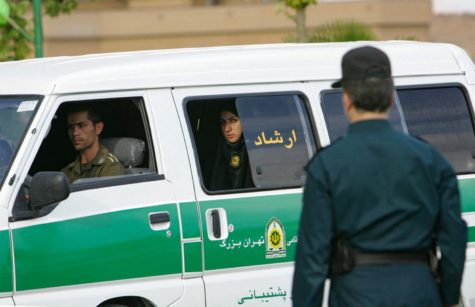
In Iran, the morality police have a complex and long history that traces the origins of the nation. After the Islamic Revolution in 1979 toppled the U.S.-supported monarchy, a strict dress code was enforced on both genders based on religious principles. Then, with President Mahmoud Ahmadinejad, the morality police, or “guidance police” (Gasht-e Ershad) was established in order to enforce modesty and hijab-wearing, which was mandated in 1983. Patrols of this organization, with green uniformed men and women in black chadors, started in 2006, and included outlawing other “immodest” pieces of clothing, such as shorts and ripped jeans. While more moderate clothing restrictions were had under President Hassan Rouhani, once Raisi became president, the conservative cracked down hard on the dress code, utilizing the full force of the morality police.
Protests soon escalated to violence after the September request by the Union of Islamic Iran People Party, led by former President Mohammad Khatami, to start a legal process to remove the mandatory hijab. Although the Iranian government has accused western nations, such as Britain and the U.S. of starting the “riots,” the force being used during protests has mostly been between Iranians. Over 300 have died, including Iranian security force members, according to one Iranian General, and Iran Human Rights, an organization separate from the government, found that a minimum of 448 had already been killed by government security forces in the protests, along with 18,000 arrested.
However, the U.S. did have a role to play in these protests, especially involving the largest sporting event on the planet: the World Cup. On social media, the United States Soccer Federation (USSF), displayed the Iranian flag for 24 hours, removing Islamic symbols in order to stand in solidarity with protesters before the soccer match. In a statement, USSF specifically noted that the action was “support for the women in Iran fighting for basic human rights.” Posted on Twitter, Facebook, and Instagram with Group B standings, on Saturday, November 26, the green, white, and red striped flag was replaced with the actual Iranian flag on Sunday.
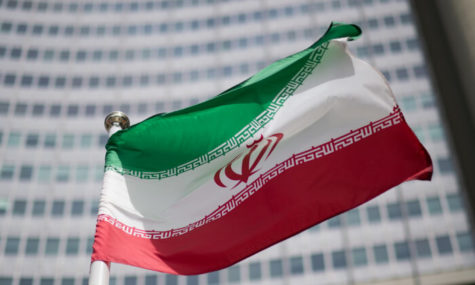
The Iranian government was exceptionally offended by this decision, as the symbol at the center of the flag is that of the Islamic Republic, created in 1980. Consisting of four curves crossed with a sword between them, it represents a tulip, lotus, and the Islamic saying “There is no god but God.” The United States also removed 22 instances of the words “God is Great” along the edges of the flag. The flag itself is a point of contention in the protests, as pro-government supporters have waved the current Iranian flag, while protesters have raised the lion and sun flag of Iran, a symbol of the former leader Shah Mohammad Reza Pahlavi. Adviser to the Iranian Football Federation, Safiollah Fagahanpour, “Obviously they want to affect Iran’s performance against the U.S. by doing this,” along with asking for a ban on the United States for its protest actions. This, however, did not occur, with the U.S. beating Iran 1-0 in the group stage, knocking the Middle-Eastern country out of the tournament.
What did happen in regards to the protests following Iran’s elimination from the World Cup, was reports that some Iranian officials are considering shutting down the morality police. On December 4, 2022, leaders such as Attorney General Mohammad Jafar Montazeri were quoted saying “Morality police have nothing to do with the judiciary and have been abolished,” to the ISNA news agency. While the morality police have yet to be removed completely, contrary to what Montazeri stated, steps are being made in that direction. Part of the reasoning behind this potential concession by the Iranian government is that it is an attempt to circumvent the effects of an economic crisis, which was created by sanctions from the United States.
Overall, global support, especially from nations such as the U.S., has been occurring for the protesters in Iran, and the World Cup has made human rights violations in countries like Qatar and Iran more visible. Still, protests are ongoing, and government decisions can change on a whim during this precarious situation.














